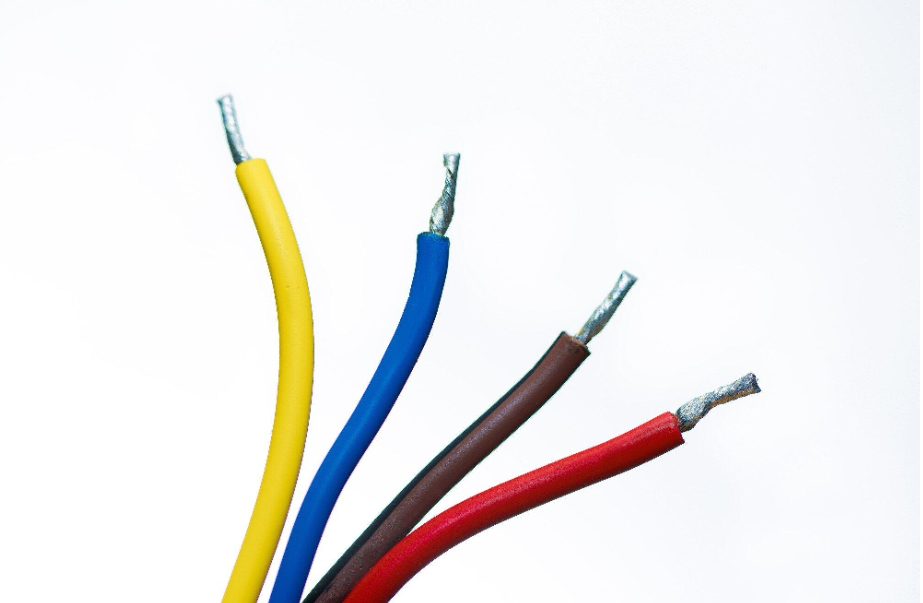Have you ever thought about how electricity reaches your home or office?
Power cables make this possible by safely carrying energy where it’s needed. Picking the right cable keeps your devices running smoothly and prevents accidents.
Check out reliable power cables today and make sure your connections are safe and strong!
What Are Power Cables?
Power cables are wires that carry electricity from one place to another. They are used in homes, offices, and industries to power devices and machines. These cables are made with strong materials to handle different amounts of electricity safely. They come in different types depending on where and how they will be used.
Some power cables have extra layers to protect against heat or water. Others are designed to carry large amounts of electricity for heavy machines. Choosing the right cable is important to keep your devices safe. Proper use and installation help prevent accidents and ensure electricity flows smoothly.
Why Safety Matters
Using electricity without care can be very dangerous. Faulty or wrong power cables can cause shocks, fires, or damage to devices. Safe cables protect people, homes, and equipment from accidents. Following safety rules ensures that electricity works without risks.
Cables that meet safety standards last longer and perform better. Inspecting and maintaining cables regularly helps prevent problems. Simple steps like proper installation and avoiding overload keep everyone safe. Always choose quality cables to reduce hazards and ensure reliable power.
Understanding Cable Types
Power cables come in different types for different needs. Some are designed for homes, while others are made for industries or outdoor use. Each type has a specific design to handle certain voltage and current safely. Knowing the type you need helps prevent accidents and equipment damage.
Cables can be flexible, rigid, shielded, or unshielded depending on the job. Some are made to resist heat, water, or chemicals. Choosing the right type ensures safety and efficiency. Always match the cable type to its intended use for the best results.
Check the Voltage Rating
Every power cable has a voltage rating that shows how much electricity it can handle. Using a cable with the wrong rating can cause overheating or short circuits. Always check the voltage before installing a cable to ensure safety. Choosing the right rating protects your devices and prevents accidents.
Cables for homes usually have lower ratings than industrial cables. High-voltage equipment needs cables that can handle more power. Following the voltage guidelines keeps electricity flowing safely. Always match the cable’s rating to the device or system you are using.
Know the Current Capacity
Every power cable can carry only a certain amount of current safely. Using a cable beyond its capacity can cause overheating or damage. Knowing the current capacity helps prevent accidents and keeps devices working properly. Always check this rating before choosing a cable.
Cables with higher capacity are needed for heavy machines or large electrical systems. Smaller devices can use cables with lower capacity safely. Following current limits ensures reliable performance and safety. Matching the cable to the current it will carry is very important.
Consider Cable Length
The length of a power cable affects how well electricity flows through it. Too long a cable can cause voltage drop and reduce performance. Choosing the right length ensures devices get the power they need. Always measure the distance before buying a cable.
Long cables may need a higher capacity to handle the power safely. Short cables reduce clutter and are easier to manage. Using the correct length keeps electricity stable and prevents overheating. Plan the cable length carefully for both safety and efficiency.
Look at Insulation Quality
Good insulation protects power cables from damage and keeps electricity from leaking. Poor insulation can cause shocks, short circuits, or fires. Always check the material and thickness before choosing a cable. High-quality insulation ensures safety and longer cable life.
Some cables have extra layers to resist heat, water, or chemicals. Better insulation also prevents wear and tear over time. Choosing well-insulated cables reduces risks and improves performance. Make sure the insulation matches the environment where the cable will be used.
Flexible vs. Rigid Cables
Flexible cables bend easily and are good for moving or tight spaces. Rigid cables are stiff and better for fixed installations. Choosing the right type helps with both safety and convenience. Always pick a cable that fits your setup.
Flexible cables are ideal for machines that move or for temporary setups. Rigid cables last longer in walls or permanent wiring. Using the correct type prevents damage and ensures reliable power. Consider where and how the cable will be used before deciding.
Copper or Aluminum?
Power cables are usually made from copper or aluminum. Copper carries electricity better and is more durable. Aluminum is lighter and cheaper but not as strong. Choosing the right material affects safety and performance.
Copper cables last longer and handle more current safely. Aluminum cables are useful for large installations where weight matters. Using the right material prevents overheating and damage. Always match the cable material to your project needs.
Temperature Ratings Matter
Power cables are designed to handle certain temperatures safely. Using a cable in an environment hotter than its rating can cause it to melt or fail. Checking the temperature rating ensures safe and reliable electricity flow. Always pick a cable that suits the heat conditions where it will be used.
Cables in outdoor or industrial settings often need higher temperature ratings. Indoor cables usually face lower temperatures and can use standard ratings. Following these guidelines prevents accidents and damage. Choosing the right rating helps your cables last longer and work safely.
Prevent Physical Damage
Keeping power cables safe from physical harm is very important. They can be cut, crushed, or worn out if not protected. Avoid placing them under heavy objects or in high-traffic areas. Proper care helps them last longer and work safely.
Using protective covers or conduits can prevent damage. Bending or twisting wires too much can cause internal breaks. Regular checks ensure they stay in good condition. Taking these steps reduces accidents and keeps your electrical system reliable.
Learn All About Power Cables
Power cables are more than just wires-they are the lifeline of our electrical systems. Choosing the right cable ensures safety, reliability, and long-lasting performance.
By paying attention to quality, ratings, and proper installation, you can prevent accidents and keep your devices running smoothly.
Did you enjoy reading this article? If so, then be sure to check out the rest of our blog for more!





























